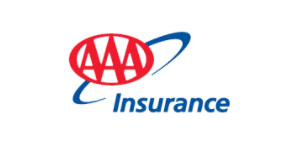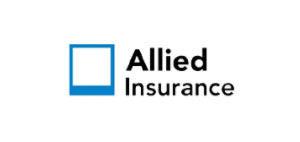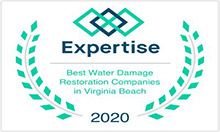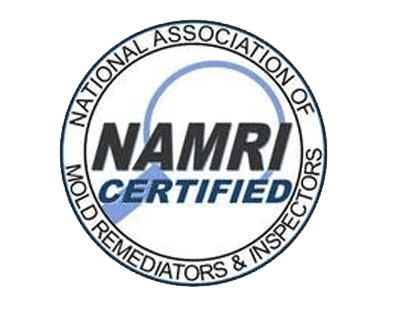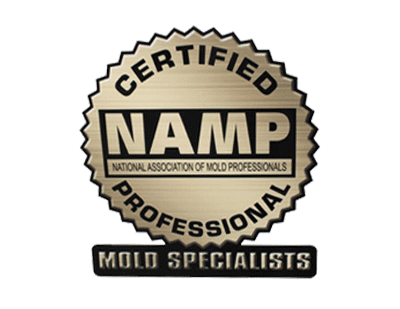Mold grows everywhere, especially in hot and humid regions like Hampton Roads! Almost every indoor environment has mold at low levels. The problems arise when there is visible mold in a home or when the number of airborne mold spores is higher than normal, resulting in respiratory or other health problems.
Mold in your home or business may present a problem, but Emergency Restoration Services LLC provides the solution.
Professional mold removal is a careful, step-by-step process using specialized equipment, moisture extraction, and cleaning agents. There are many details involved in doing this process correctly.
Our Mold Remediation Process
1. Inspection of Mold Damage
Our inspectors use state of the art moisture meters to measure the moisture in your wood floors, walls, ceilings, and cabinets. We also use infrared thermal imaging cameras to identify the origin and the extent of the damage. Air quality is also checked by capturing a sample of the air on a filter. We then send this filter to a third-party accredited laboratory for analysis. With all this data, our inspectors can make recommendations and write the mold remediation protocol for our remediation technicians to follow.
2. Containment
To prevent mold spores as well as dust and construction debris from spreading to unaffected areas, we seal off the contaminated area using six mil poly sheeting. We then utilize HEPA air filtration units to produce a negative pressure in the area. These HEPA filters capture mold spores from the air to prevent the spread of mold spores as well as to draw clean, fresh air from the unaffected areas of the building.
3. Disposal and Cleaning of Affected Materials
Some building materials are considered porous, cannot be cleaned, and require removal. These may include ceiling tiles, insulation, wallboards, carpet, soft furnishings, clothes, papers, and books. Other items such as wood framing members and plywood sheeting are considered semi-porous. We can clean these materials by drying, sanding/scrubbing, HEPA vacuuming, and treating with an anti-microbial agent before re-use. A mild soap solution may clean most non-porous materials like metals, glass, and hard plastics, depending on the degree of mold impaction.
4. Extract, Remove, and Dry Water Immediately
Our mold remediation technicians use truck-mounted or portable water extraction vacuums to remove water from flooded areas. Once we remove the majority of the water, we deploy state of the art air movers and dehumidifiers to finish the drying process. We also verify the completion of the drying process with moisture meters and infrared thermal imaging cameras.
5. Encapsulation
After the removal and cleaning of mold-contaminated items, we will test the building materials to verify the completion of the mold remediation process. At that point, we encapsulate the surfaces with an anti-microbial coating.








